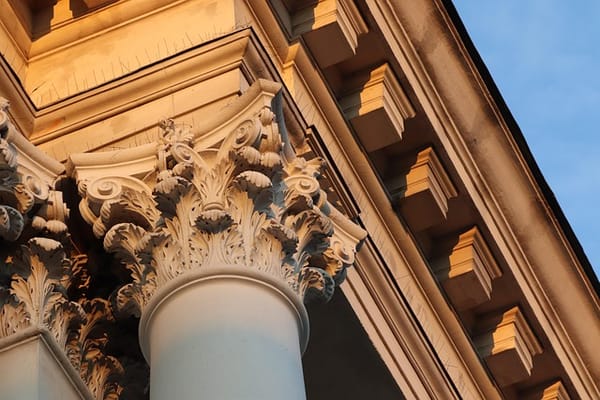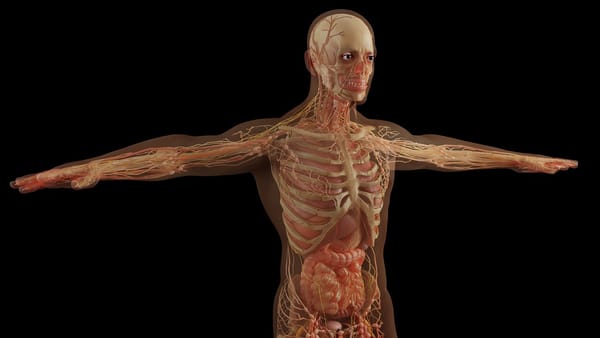Texas, as a Consequence of Ancient Cults
Their inner gesture may have retained the earlier Atlantean polarity of Sun and Serpent: striving for harmony between heavenly and chthonic forces.

Their inner gesture may have retained the earlier Atlantean polarity of Sun and Serpent: striving for harmony between heavenly and chthonic forces.


Spiritually and geographically, Texas sits on a borderland:
In a spiritual-historical sense, these were liminal zones: contact regions between two world-impulses — the more solar-agricultural (southern) and the more cosmic-shamanic (northern).
Such borderlands often became places where knowledge streams met and could either transmute or curdle — which is exactly where “dark mystery centers” can appear.
According to Steiner’s reading of cultural evolution, the Toltec initiates once carried a bright, Sun-oriented wisdom from the late Atlantean epoch.
Yet over centuries, fragments of this knowledge hardened into sacrifice cults.
From a Michaelic perspective, the “darkness” of these centers lay in the severing of cosmic wisdom from moral evolution. The power remained; the heart withdrew.
In Texas and the Southwest, one finds traces of different but parallel initiatory lines:
None of these were as systematized as the Aztec centers, yet their inner gesture may have retained the earlier Atlantean polarity of Sun and Serpent: striving for harmony between heavenly and chthonic forces.
As the epochs progressed (especially after the 3rd post-Atlantean cultural period), many such sanctuaries lost their initiatory clarity.
In esoteric history, Texas and the surrounding Southwest likely became repositories of half-remembered rites — fertility, blood, trance, and vision quests — where the elemental superseded the moral-spiritual.
Steiner hints that by the time of the later Mesoamerican empires, some priesthoods were in direct rapport with ahrimanic beings — commanding elemental powers without heart or conscience.
That influence radiated northward through trade and migration routes; echoes may linger in rock art and oral memory.
If we look etherically, Texas carries this mixed karma of Sun and Serpent:
From the standpoint of spiritual geography, one could say the region still oscillates between ancient magic and modern technic, awaiting a new synthesis grounded in conscience — a Michaelic redemption of power.








